Filter by
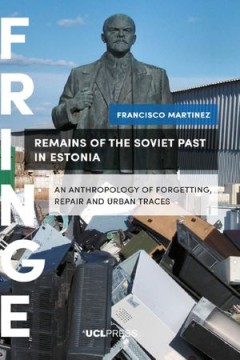
Remains of the Soviet Past in Estonia
What happens to legacies that do not find any continuation? In Estonia, a new generation that does not remember the socialist era and is open to global influences has grown up. As a result, the impact of the Soviet memory in people’s conventional values is losing its effective power, opening new opportunities for repair and revaluation of the past. Francisco Martinez brings together a number …
- Edition
- -
- ISBN/ISSN
- 9781787353534
- Collation
- -
- Series Title
- -
- Call Number
- 940.3 MAR r
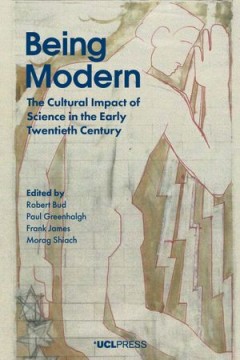
Being Modern
In the early decades of the twentieth century, engagement with science was commonly used as an emblem of modernity. This phenomenon is now attracting increasing attention in different historical specialties. Being Modern builds on this recent scholarly interest to explore engagement with science across culture from the end of the nineteenth century to approximately 1940. Addressing the breadth …
- Edition
- -
- ISBN/ISSN
- 9781787353930
- Collation
- -
- Series Title
- -
- Call Number
- 900 BEI b
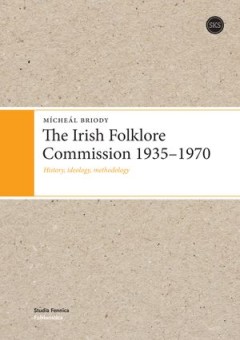
The Irish Folklore Commission 1935-1970: History, Ideology, Methodology
Between 1935 and 1970 the Irish Folklore Commission (Coimisiún Béaloideasa Éireann), under-funded and at great personal cost to its staff, assembled one of the world’s largest folklore collections. This study draws on the extensive government files on the Commission in the National Archives of Ireland and on a wide variety of other primary and secondary sources, in order to recount and ass…
- Edition
- -
- ISBN/ISSN
- 9789517469470
- Collation
- -
- Series Title
- -
- Call Number
- 909.82 BRI i
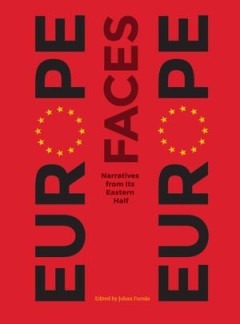
Europe Faces Europe Narratives from Its Eastern Half
Europe Faces Europe examines Eastern European perspectives on European identity. The contributors to this volume map narratives of Europe rooted in Eastern Europe, examining their relationship to philosophy, journalism, social movements, literary texts, visual art, and popular music. Moving the debate and research on European identity beyond the geographical power center, the essays explore how…
- Edition
- -
- ISBN/ISSN
- 9781783207510
- Collation
- -
- Series Title
- -
- Call Number
- -
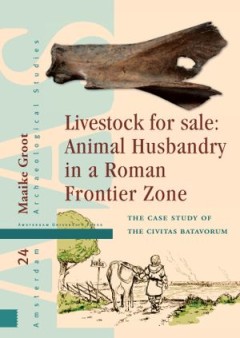
Livestock for Sale Animal Husbandry in a Roman Frontier Zone
The civitas Batavorum was a settlement on the north-western frontier of the Roman Empire, and it is now the site of numerous archaeological excavations. This book offers the most up-to-date look yet at what has been discovered, using the newest archaeological techniques, about the town and its economy, its military importance, and the religious and domestic buildings it held. It will be essenti…
- Edition
- -
- ISBN/ISSN
- 9789048530281
- Collation
- -
- Series Title
- -
- Call Number
- -
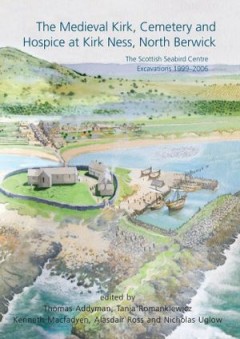
The Medieval Kirk, Cemetery and Hospice at Kirk Ness, North Berwick
Between 1999-2006 Addyman Archaeology carried out extensive archaeological excavations on the peninsular site of Kirk Ness, North Berwick, during the building, landscaping and extension of the Scottish Seabird Centre. This book presents the results of these works but its scope is much broader. Against the background of important new discoveries made at the site it brings together and re-examine…
- Edition
- -
- ISBN/ISSN
- 9780000000906
- Collation
- -
- Series Title
- -
- Call Number
- -
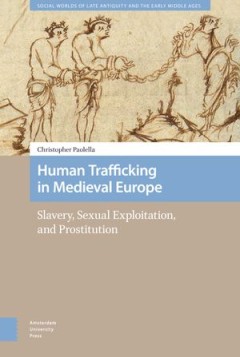
Human Trafficking in Medieval Europe Slavery, Sexual Exploitation, and Prost…
Human trafficking has become a global concern over the last twenty years, but its violence has terrorized and traumatized its victims and survivors for millennia. This study examines the deep history of human trafficking from Late Antiquity to the Early Modern Period. It traces the evolution of trafficking patterns: the growth and decline of trafficking routes, the everchanging relationships be…
- Edition
- -
- ISBN/ISSN
- 9789463723336
- Collation
- -
- Series Title
- -
- Call Number
- -
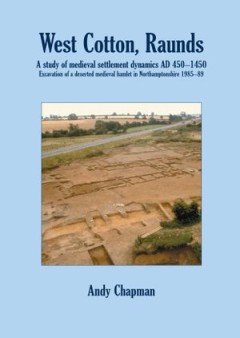
West Cotton, Raunds A Study of Medieval Settlement Dynamics AD 450-1450. Exc…
The open area excavation of nearly a half of the small deserted medieval hamlet of West Cotton, Raunds, Northamptonshire has revealed the dynamic processes of constant development in a way that has rarely been achieved on other comparable sites in England. Its origins have been seen to lie in the mid tenth-century plantation of a planned settlement based on regular one-acre plots, which occurre…
- Edition
- -
- ISBN/ISSN
- 9781842177587
- Collation
- -
- Series Title
- -
- Call Number
- -

A Tale of the Unknown Unknowns A Mesolithic Pit Alignment and a Neolithic Ti…
The site of Warren Field in Scotland revealed two unusual and enigmatic features; an alignment of pits and a large, rectangular feature interpreted as a timber building. Excavations confirmed that the timber structure was an early Neolithic building and that the pits had been in use from the Mesolithic. This report details the excavations and reveals that the hall was associated with the storag…
- Edition
- -
- ISBN/ISSN
- 9780000000903
- Collation
- -
- Series Title
- -
- Call Number
- -

Nonsuch Palace The Material Culture of a Noble Restoration Household
Nonsuch in Surrey was Henry VIII's last and most fantastic palace. Begun in 1538, at the start of the 30th year of Henry's reign, the palace was intended as a triumphal celebration of the power and the grandeur of Henry VIII and the Tudor dynasty. The site was chosen for its fine countryside and hunting potential. The palace was ornately decorated with intricate Renaissance designs in carved an…
- Edition
- -
- ISBN/ISSN
- 9781789254396
- Collation
- -
- Series Title
- -
- Call Number
- -
 Computer Science, Information & General Works
Computer Science, Information & General Works  Philosophy & Psychology
Philosophy & Psychology  Religion
Religion  Social Sciences
Social Sciences  Language
Language  Pure Science
Pure Science  Applied Sciences
Applied Sciences  Art & Recreation
Art & Recreation  Literature
Literature  History & Geography
History & Geography